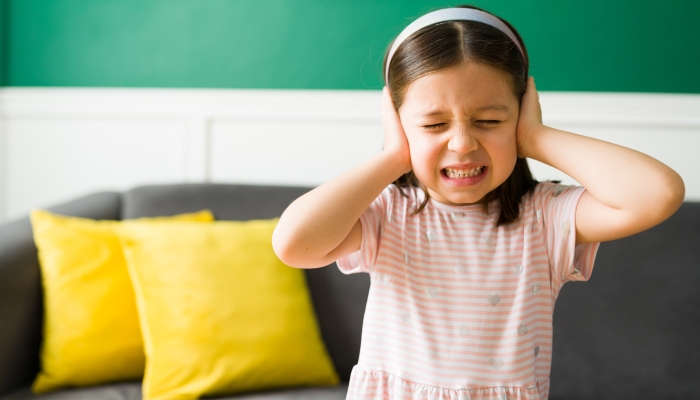
Special Needs
Hyposensitivity vs Hypersensitivity: What’s the Difference?
Have you been told your child has sensory processing difficulties? Read on to learn the difference between hypersensitivity and hyposensitivity.
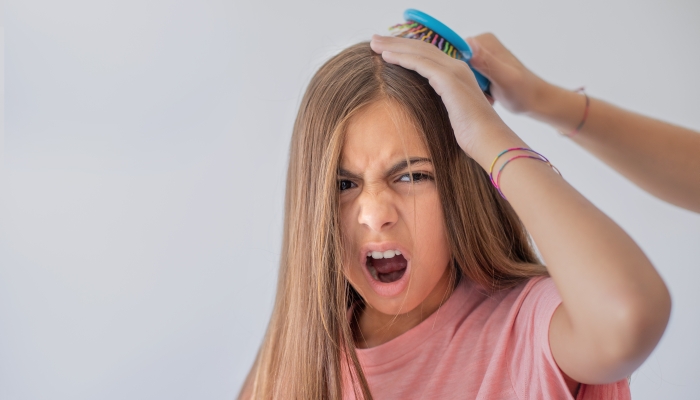
Special Needs
Tactile Defensiveness in Children: Strategies to Help
Concerned about your child’s strong reactions to being touched? Learn more about tactile defensiveness and how you can help your child manage their response to sensory information.

Development, Parenting
Jumping for Kids: Activities, Toys & Milestones
Wondering if your child is on track with their jumping milestones? Learn the value of jumping and how you can help your child improve this foundational skill.
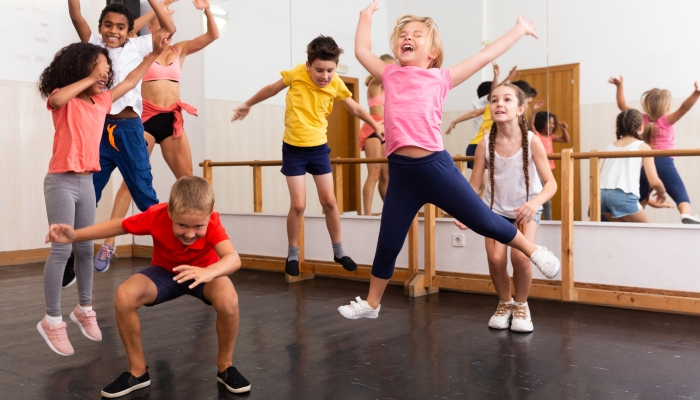
Development
5 Motor Planning Activities for Skill Development
Is your child uncoordinated or slow to learn new motor skills? Discover how motor planning affects your child’s development and what you can do to improve it!
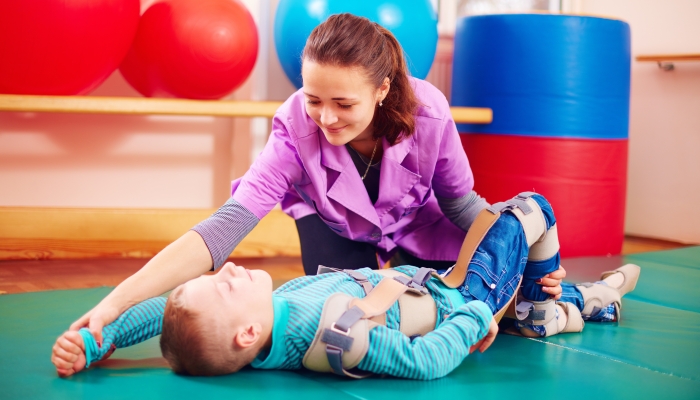
Special Needs
Habilitation vs Rehabilitation: What’s the Difference?
Habilitation and rehabilitation are services that often fall under the same umbrella. Curious to know how they differ? Read on below for more information!
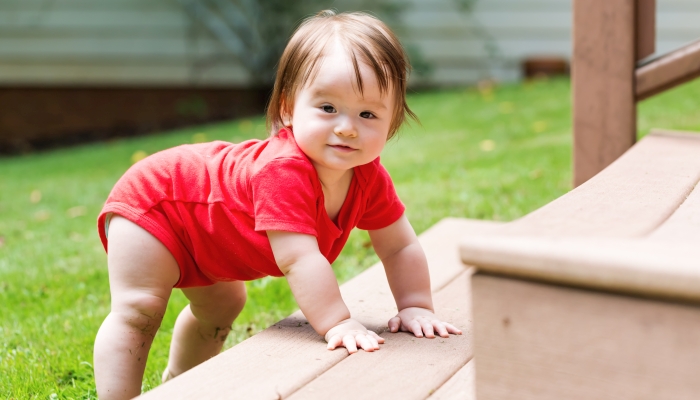
Development
Gross Motor Milestones for Typically-Developing Children
Understanding gross motor milestones for typically-developing children can help to determine if your child’s development is on track.

Development
11 Fine Motor Activity Ideas for Infants and Toddlers
Is your child struggling to play with toys and use small objects? Read on to learn about fine motor activities for your infant or toddler!
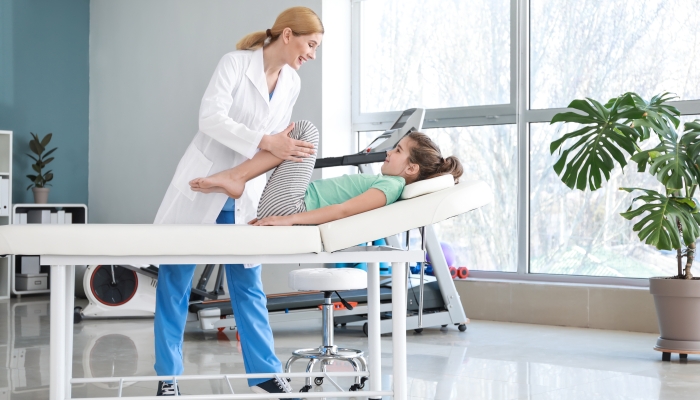
Special Needs
Your Child’s First PT Evaluation: What to Expect
Preparing for your child’s first visit to a physical therapist? Find out what happens in an initial physical therapy evaluation!
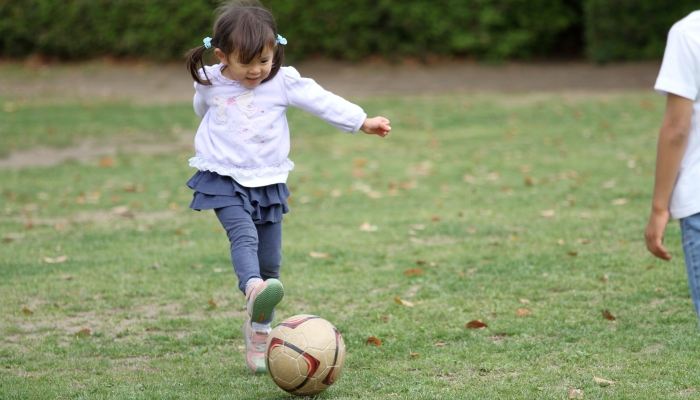
Development
Crossing the Midline Activities & Exercises for Your Child
The ability to cross our hands or feet over the midline of our bodies is important for many skills. Learn activities to help your child cross the midline with ease!
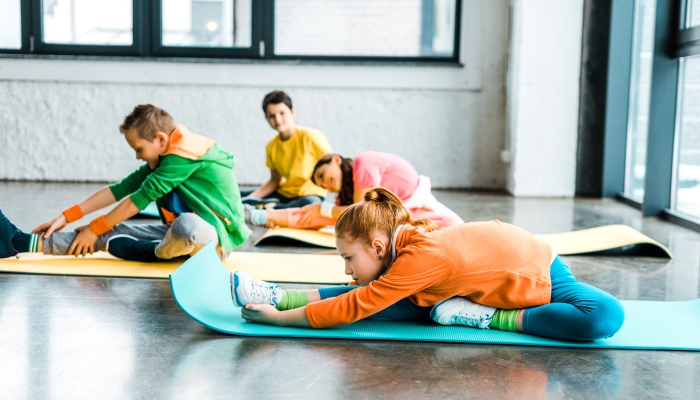
Special Needs
10 Vestibular Input Activities and Toys
The vestibular system helps us to maintain postural control, balance, and coordination. Try these fun vestibular input activities and toys with your child!
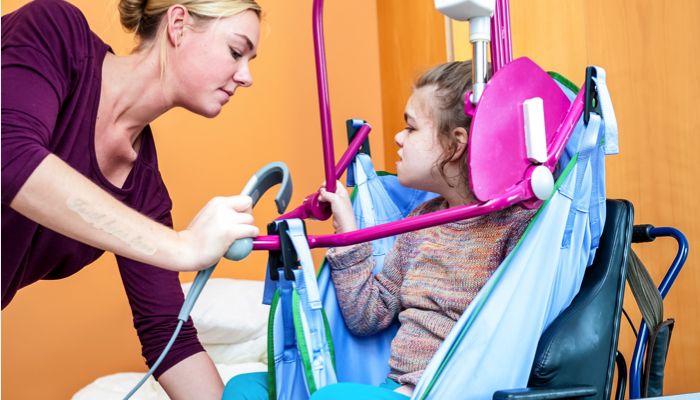
Special Needs
What Is Adaptive Equipment… And How To Pay for It
Adaptive equipment and Durable Medical Equipment (DME) can increase your child’s independence and ease the physical burden on caregivers.

Special Needs
11 Proprioceptive Input Activities and Toys
While proprioception is commonly addressed in physical and occupational therapy, there are a number of proprioceptive activities you can play with your child at home.

Fine and Gross Motor, Special Needs
What Does a Pediatric Physical Therapist Do?
Learn how to prepare for your child’s first physical therapist appointment so you can feel confident that they are getting the care they need.